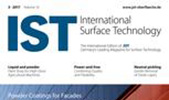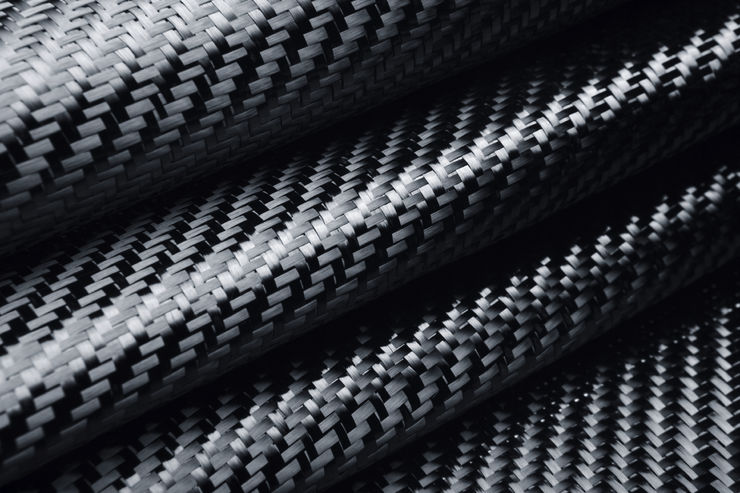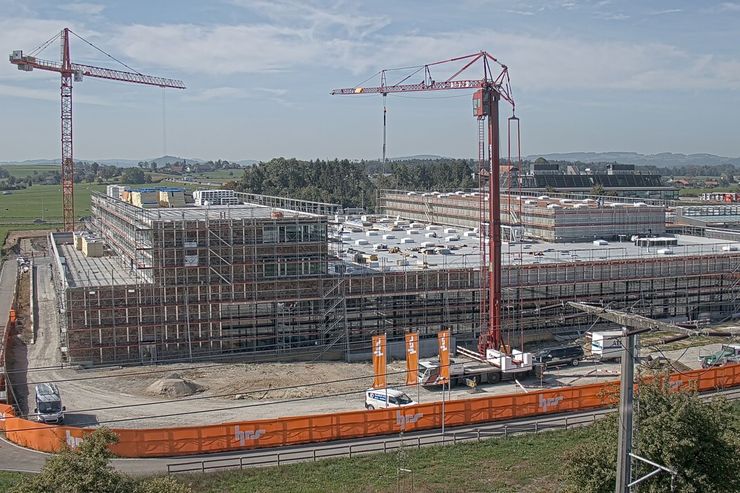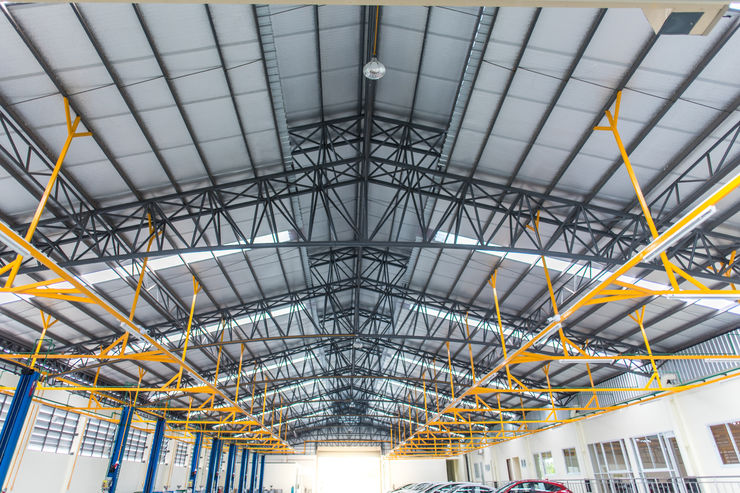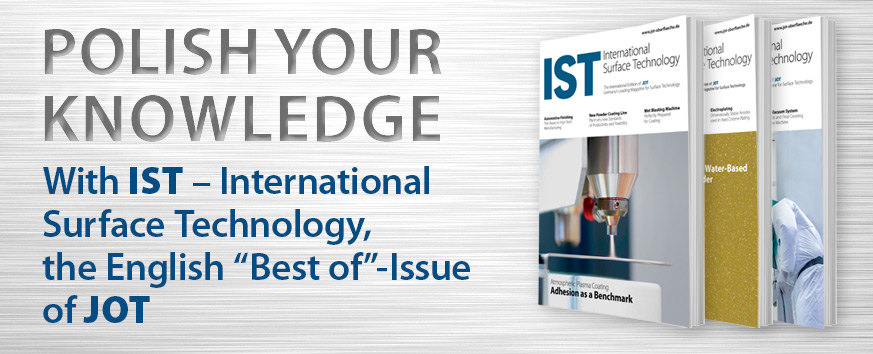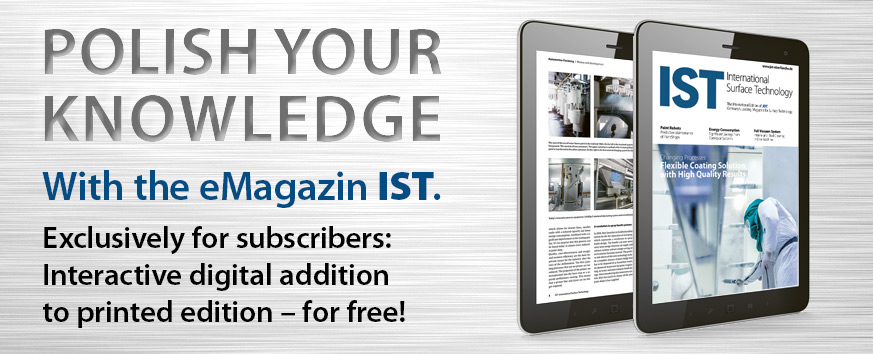Fiber composite materials (FRP) are the material of the future and are used in a wide range of high-performance applications. Powder-in-Mold-Coating (PIMC) is used to produce high-quality FRP surfaces. The powder coating manufacturer Tiger has been using PIMC since the early 2000s and has continuously developed this technology. Today, primers as well as base and top coats are available in all colours of the RAL spectrum for the high-quality surface finishing of fibre-reinforced composites. In powder-in-mould coating, highly reactive powder paint is applied to a preheated pressing tool where it immediately begins to gel. Then the fibre-reinforced plastic material is applied, which can be demoulded as a finished coated component after pressing. This one-step process is compatible with all common release agents and enables resistant surfaces in Class A quality. So-called telegraphing (fibre marking), which can occur on conventionally coated fibre-reinforced plastics due to the influence of temperature or moisture fluctuations, is effectively prevented by Tiger's PIMC process. Powder-in-Mould coating can be combined with all common technologies for the production of fibre-reinforced plastics, with all thermoplastic and thermoset FRP matrix materials as well as all fibre types and geometries. Even composites with components made from sustainable raw materials - so-called "bio composites" - are compatible with the process.
Elimination of drying phases and sanding and filling work
A further decisive advantage of powder-in-mould technology is the elimination of time-, energy- and cost-intensive drying phases and time-consuming sanding and filling work, which are often outsourced. Components produced using the PIMC process are convincing - despite a high layer thickness of up to 400 μm - due to their low weight, which promises additional benefits: By using lightweight parts, the automotive industry can reduce fuel consumption and thus CO2 emissions. Trains designed with lightweight components cause less track wear. The absence of volatile organic compounds (VOCs) and the reuse of overspray also make powder-in-mould coating the "green alternative" for conventional coating of fibre-reinforced plastics.
Autor(en): Tiger Coatings

